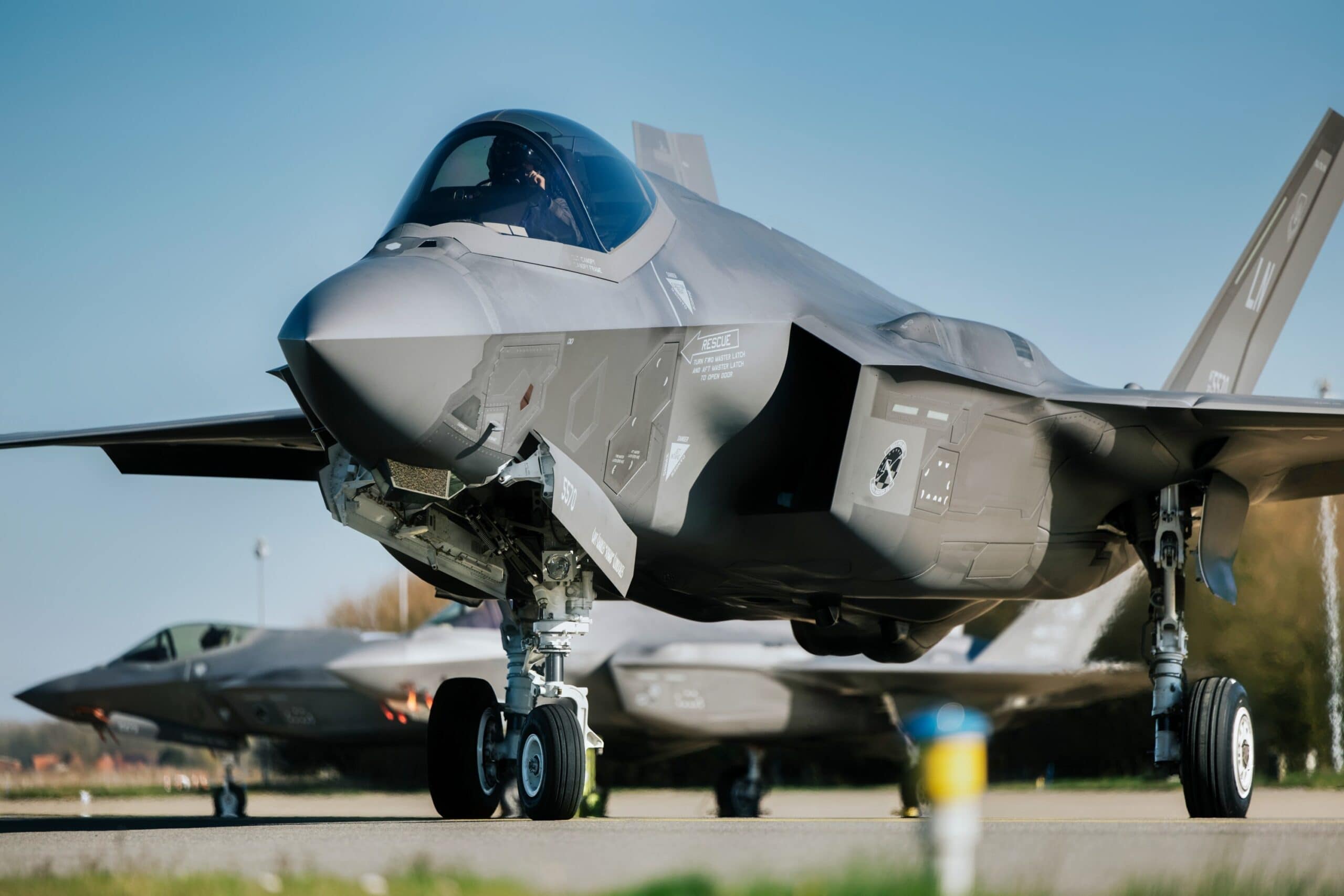Since the end of the Cold War, the Royal Canadian Air Force has been in decline. This follows the recent downward spiral seen in the CAF as a whole. According to internal reports, only 58% of Canada’s armed forces are prepared to respond in emergencies, with some reports indicating that only 40% of its fighters are combat-ready.
From equipment and personnel shortages to budget constraints and policy choices, the CAF is facing a crisis that could result in a major disaster if left unaddressed.
Forget the F-35: The Rise and Fall of the RCAF Is the Problem
What is most striking about the current state of Canada’s air force is that the RCAF used to be a force to be reckoned with not that long ago. The RCAF has a proud history dating back to its formation in 1914. During World War II, the RCAF played a critical role in the Allied war effort, training Commonwealth pilots through the British Commonwealth Air Training Plan. The force maintained a presence in Europe through the second half of the 20th century and contributed to several United Nations peacekeeping missions and NATO operations.
During the Cold War, Canada maintained a large, well-trained air force guided by the “Big Air Force” doctrine in the 1950s. The RCAF served as Canada’s first line of defense and regularly undertook joint exercises with other NATO members in Western Europe.
In the 1970s, however, the Canadian government shifted strategies in favor of a “minimalist air force,” a policy that started the slow and steady decline of the RCAF.
Where the F-35 Comes In
The aging aircraft fleet is one of the most significant issues facing the RCAF. The CF-18 Hornets, the backbone of Canada’s fighter fleet, were acquired in the 1980s and are now well past their prime. Despite upgrades and maintenance efforts, these aircraft suffer from airframe fatigue, outdated avionics, and reduced survivability against modern threats. The prolonged service life of these jets increases maintenance costs and undermines Canada’s defense commitments, particularly for NORAD and NATO operations.
For a while, Canada seemed willing to replace its fleet with F-35 Lighting II fighters. However, the procurement process has been plagued by delays, reflecting systemic dysfunction in Canada’s defense acquisition system.
Political attitudes towards the US have also contributed to delays in F-35 procurements, raising questions about whether Canada will acquire the aircraft. This delay extends reliance on outdated aircraft, compromising the RCAF’s ability to fulfill its defense commitments both domestically and internationally.
Recruitment and Retention Challenges
The RCAF faces crippling recruitment and retention problems. Chronic personnel shortages have left critical roles unfilled, with some estimates suggesting a shortfall of thousands of aircrew and support staff. Fighter squadrons, air transport units, and search-and-rescue teams are forced to operate understrength, undermining readiness and morale.
Many members cite burnout, family strain due to high operational tempo, and inadequate support for relocation as reasons for leaving.
Retention issues are particularly acute among pilots, who can find far better pay and working conditions in the private sector. The housing crisis at bases like Cold Lake exacerbates these problems, undermining morale and making attracting and retaining personnel difficult. Recruitment has failed to keep pace with these losses, as younger Canadians often view the military as an unappealing career choice.
Budget Constraints and Resource Allocation
Canada’s defense budget is crucial in shaping the nation’s military capabilities. In 2023-24, the Department of National Defence’s budget accounted for approximately 6.1% of the total Main Estimates for Canada. Despite this, the allocation of resources has been insufficient to address the RCAF’s needs.
The largest portion of the budget is allocated to personnel (34%), operating costs (34%), and capital expenditures (22%). However, these funds have not been enough to sustain Canada’s military infrastructure or modernize its obsolete air force.
The current defense policy, “Strong, Secure, Engaged,” committed long-term funding to enhance the capabilities required to meet Canada’s defense needs. However, budget reductions and spending cuts have impacted the RCAF’s ability to maintain readiness and operational effectiveness. The phased-in 3% reduction of eligible spending by departments and agencies starting in 2024-25 further strains the RCAF’s resources.
Short-Sighted Policy Decisions
Strategic policy decisions have also contributed to the decline of Canada’s air force. The RCAF’s current strategy emphasizes the need to modernize and evolve in response to a rapidly changing security environment. This includes upgrading or replacing many capabilities and introducing new tools.
The strategy focuses on being ready to conduct operations, protecting Canada’s interests at home and abroad, and engaging with allies, academia, scientists, industries, and local communities.
Despite ambitious policy proposals, the implementation has been slow, half-hearted, and riddled with challenges. The procurement process for new aircraft, such as the F-35, has been delayed and may even be canceled, forcing the RCAF to rely on outdated equipment. The recruitment and retention crisis has also undermined the RCAF’s ability to maintain a mission-ready and combat-capable force.
Canada has been coasting off its big brother, the United States, for decades now, relying on the US for its equipment and material needs. Now that President Trump has set tensions on edge, Canada is coming to the shocking realization that it can no longer rely on the US for its defense needs.
About the Author:
Isaac Seitz, a 19FortyFive Defense Columnist, graduated from Patrick Henry College’s Strategic Intelligence and National Security program. He has also studied Russian at Middlebury Language Schools and has worked as an intelligence Analyst in the private sector.

